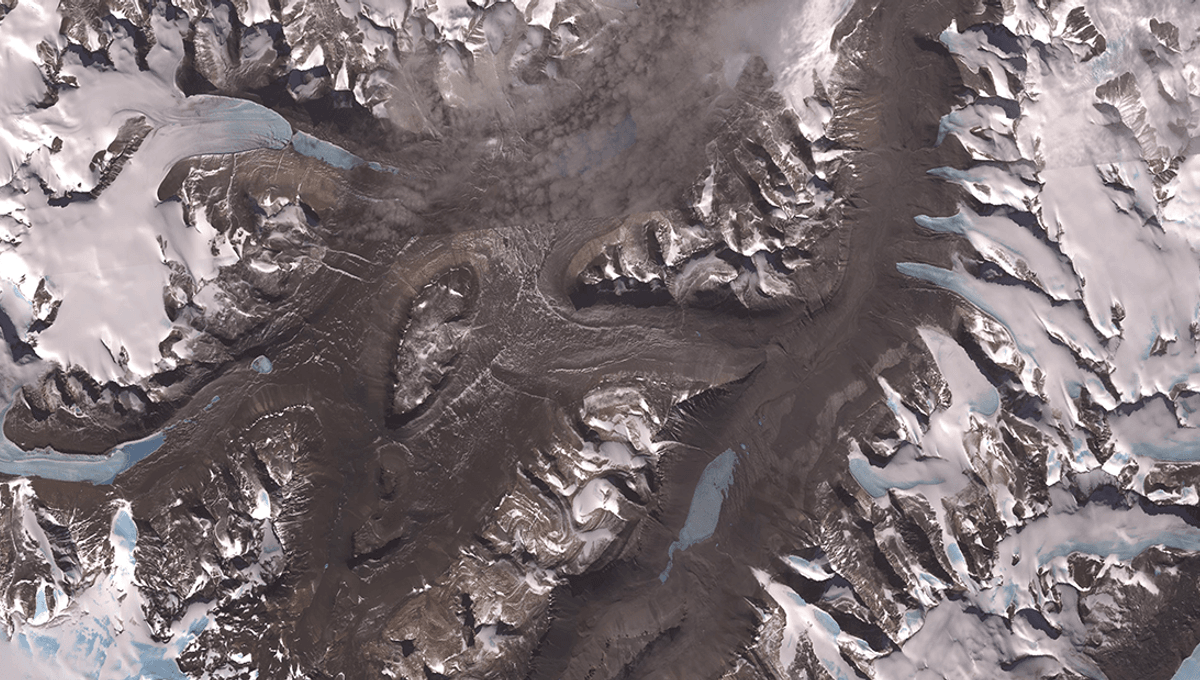
If you picture the driest place on Earth, your mind – trained by decades of cartoons – likely goes to a desert expanse in some hot region, like the Sahara.
This isn’t a bad guess. One of the driest places on Earth is the Atacama Desert in Chile, with some areas receiving only 1 to 3 millimeters (0.04 to 0.1 inches) of precipitation per year according to NASA. An arid region for 10-15 million years, Atacama may not have seen significant rainfall for 401 years, between 1570 and 1971.
However, there are drier places on Earth, on the world’s driest continent: Antarctica. Simply put, cold air carries less moisture than warmer air, helping to make the continent so dry in terms of rain and snowfall. Snow does fall on the continent, with several meters a year on the coastal regions. Inland – far from sources of moisture – snowfall can be as little as a few centimeters a year, making it the driest continent overall.
The driest region of Antarctica, known as the Dry Valleys due to its lack of snow or ice, hasn’t had rain for around 2 million years. The 4,800 square kilometer (1,900 square mile) region contains almost no water, partly thanks to the surrounding mountains which block moisture from the area.
As well as this, katabatic winds sweep through the valleys. These relatively warm winds move at speeds of up to 320 kilometers per hour (200 miles per hour), evaporating and removing moisture from the area as they go.
The area is used as an analog for Mars by NASA due to the extreme conditions found there. Despite the poor conditions life has, as they say, “uh, found a way”, with photosynthetic bacteria discovered within the slightly moister interior of rocks in the area. Given the similarities between the climate found there and those found on Mars, it could provide hope that signs of ancient life could be found too on the Red Planet.
Source Link: The Driest Place On Earth Probably Isn't Where You Expect